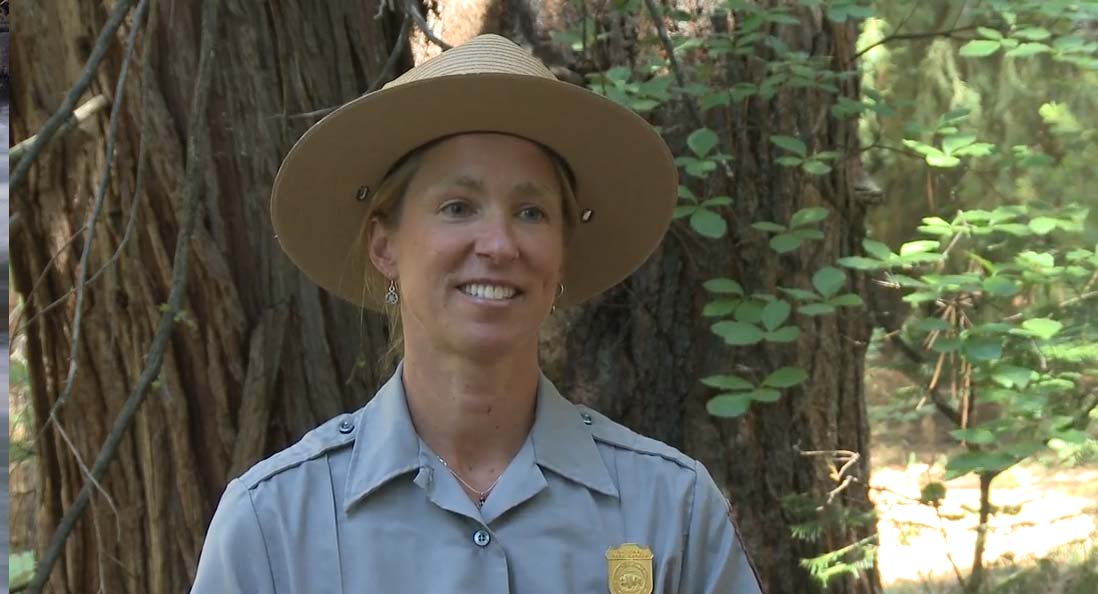*This is a 2020 archived project, view this year’s projects here.
Project goal: Protect Yosemite’s nesting peregrine falcons while maximizing recreational access to climbing routes.
Why this work matters: In the mid-20th century, North America’s peregrine falcon populations plummeted toward extinction. Thanks to DDT bans and widespread recovery efforts, the fast-flying raptor has rebounded, including in Yosemite, where peregrines now hunt, soar and nest on and around the park’s granite cliffs, domes and spires.
Since that remarkable comeback, the park has been working to safeguard the long-term health of its peregrine population while making sure rock-climbers, who played a direct role in the bird’s recovery by replacing DDT-thinned falcon eggs with healthy ones, can continue to access the world-famous walls.
The park’s peregrine-focused efforts, honed over years, balance wildlife management with recreational access to ensure climbers can safely share the cliffs with peregrines. Biologists monitor peregrine nest sites and use their observations to set and lift temporary closures on specific climbing routes.
Through that adaptive, responsive approach, the park can prevent climbers from disturbing peregrine nest sites and give young falcons the best possible chance at survival, while closing no more than 5% of climbing routes at a time. Since the park implemented this method in 2009, the number of breeding peregrine pairs in Yosemite has doubled.
How your support helps: Your support will allow Yosemite to continue its proven program for monitoring and protecting peregrine falcon nest areas. With your help, wildlife experts will conduct surveys throughout the peregrine breeding season; implement targeted, temporary route closures; educate climbers about sharing space with peregrines; and develop a peregrine-focused climbing-area management plan to share with other parks and agencies.
Partnering with Yosemite National Park and Access Fund.

